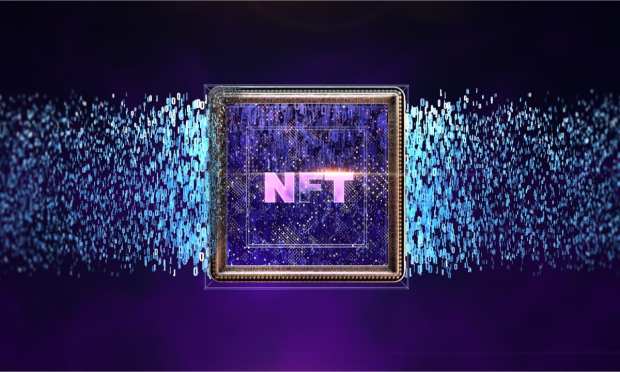Are NFTs Jumping The Shark As The Latest Crypto Trend?

There’s an old “Happy Days” episode that’s shorthand for when something’s become mainstream, yes, but the ridiculous has crept in, where a peak has passed, where gimmicks are suddenly in evidence.
Jumping the shark. (C’mon, you remember when Fonzie did it.) After the shark is hurdled, it’s all proverbially, and sometimes literally, downhill.
Might the fins be breaching the waves, and the skis coming out, in the land of cryptos?
Right now, bitcoin is trading at a bit more than $48,000; not all that long ago it was trading at $58,000. We’re a far cry away from the nadirs seen in recent years where that bottom was in the low couple-of-thousands of dollars. And let’s not forget that upon its debut roughly 12 years ago, bitcoin could be had for pennies apiece.
And now we’re in a world where the mere functionality of crypto — namely, digitizing and forming into a tradable digital offering, well, pretty much … anything … is gaining traction.
Non-fungible tokens (NFTs), on their face, are cryptos that are tied to something underlying. They are not interchangeable; and thus they do not take on the characteristics of, say bitcoins. There’s a novelty value inherent here, and one that is leading to some supercharged trading.
CNBC reports this week that NFTs are fetching huge prices — in the millions of dollars — when they are being tied to digital collectibles, and when they pass back and forth among buyers and sellers.
In one example: a video clip — yes, a video clip — by the digital artists Beeple was initially bought for $67,000 and then was sold for … $6.6 million. CNBC notes that the video can also be seen for free.
So therein lies a question: Are we witnessing a real change in how collectibles are packaged, traded and brought to market in general? Want more examples of what might charitably be called excitement? CNBC also noted that one of thousands of computer-generated images — called CryptoPunks — sold as an NFT for $2 million.
High art meets high tech meets high prices. Meets blockchain. Now, blockchain, as a technical underpinning of transactions — for well, anything that is exchanged, from data to currencies — has its champions because the interactions are immutably recorded. They also cannot be duplicated, which means that the scarcity value (i.e. art is a one-off in this case) may be what is driving up the prices of those collectibles.
Might we see NFTs leveraged, increasingly, across content creation platforms? We’re seeing what might be a shift in how artists/musicians, etc. congregate, meet, agree and eventually disseminate their work and get paid. We’re seeing a little bit of that with Square’s recent bid to get a majority stake in Jay-Z’s Tidal. Perhaps NFTs find their way into the mix.
But for now, the froth is there. Because the pricing is being determined, simply, by what someone is willing to pay — smacking of speculation, and not necessarily of investment. The novelty of the digital conduits may enough to sustain the frenzy (what else can we make into an NFT?) … but then again, what’s left beyond the new bells and whistles?
